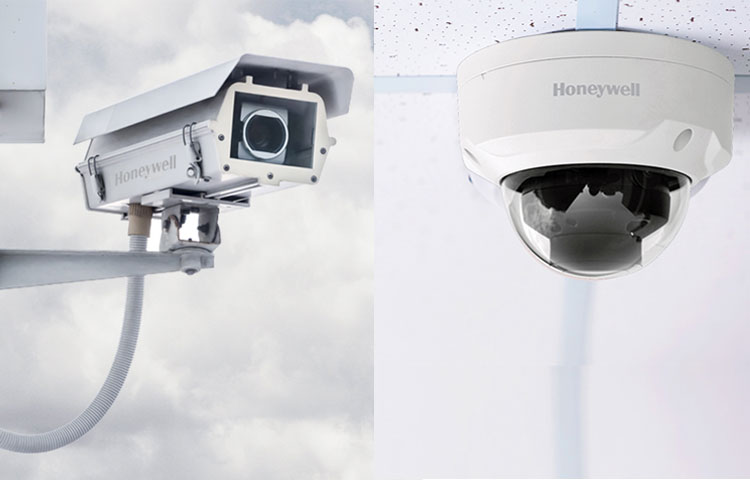 Analogue or digital? When it comes to video security systems, it’s not so black and white – in fact, there are many shades of gray.
Analogue or digital? When it comes to video security systems, it’s not so black and white – in fact, there are many shades of gray.
Traditional analogue video security systems have been around for several decades. However, with that history comes increasing technological complexity. Several different analogue video standards have evolved (AHD, CVI, TVI), making the path towards evolving legacy systems a confusing one.
Video Security: Upgrade or Expand?
At first glance, there are two choices: upgrade or expand.
Improving legacy systems through expansion is usually less costly. However, this can mean that the end-user misses out on the improvements in video quality, functionality and ease of use that have become standard in newer products.
On the other hand, upgrading to the latest IP video technology might be attractive at face value, but it can be very costly, as well as time and labor intensive. Moving from analogue to IP requires careful planning to ensure reasonable cable lengths, adequate system power, etc. Then, layer on top of that the uncertainty of whether or not you are investing in the most future-proof solution, as devices and formats go through their lifecycles.
Neither of the above choices is ideal for the SMB market, where the goal is usually an optimization of costs AND functionality. Recognizing this, Honeywell has been working on the development of devices that are multi-format, and therefore capable of supporting AHD, CVI, TVI and traditional analogue formats, as well as IP video.
Multi-Format Video Security
As the market evolves, new technologies are being developed ever more rapidly. However, we all know that the real upgrade cycle is somewhat slower than the rate of development.
Multi-format video security devices offer an ideal upgrade path, allowing a video security system to evolve over time, instead of requiring a periodic full system rebuild in order to take advantage of the latest technology. This results in a very cost effective way to evolve video security systems, without having to compromise on quality or functionality. It also allows the buyer more choice at each stage of evolution about what and how much to upgrade.

